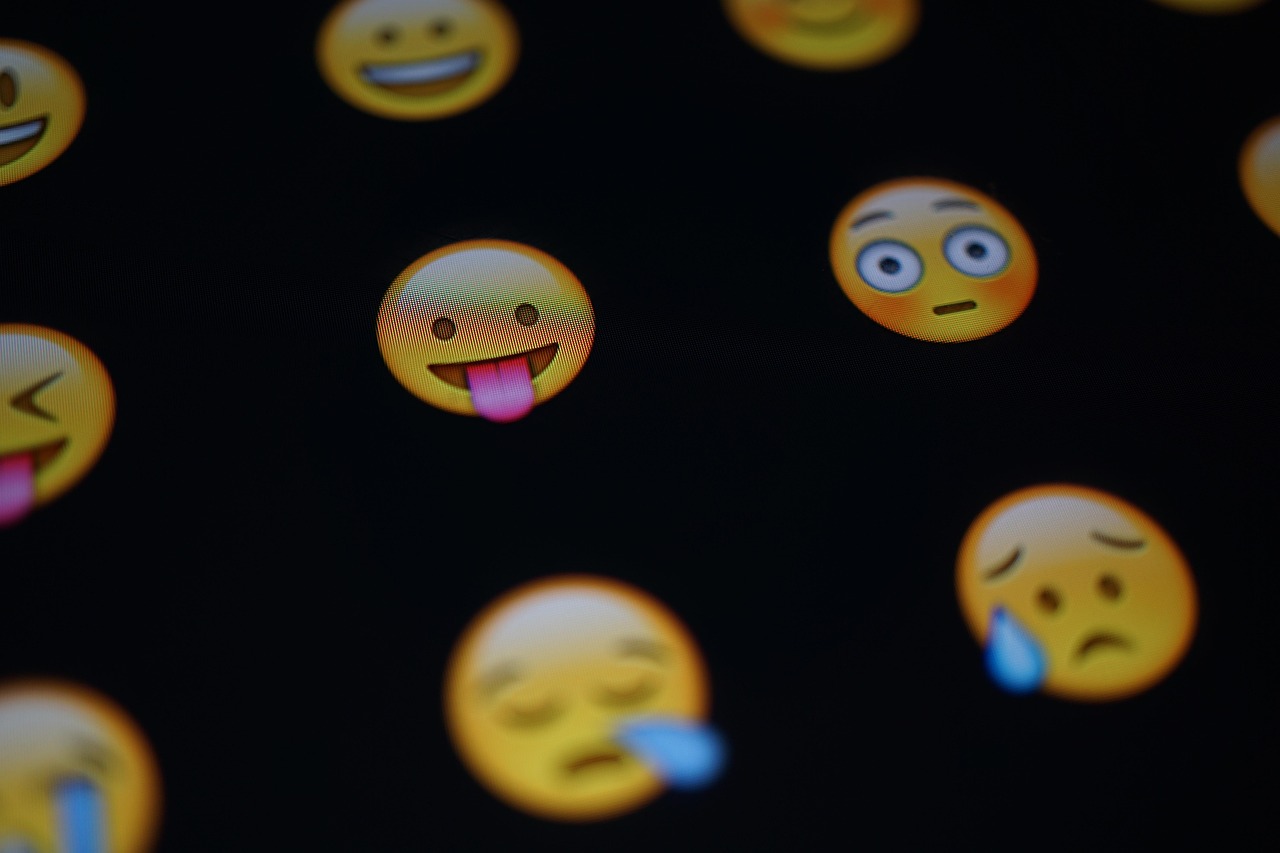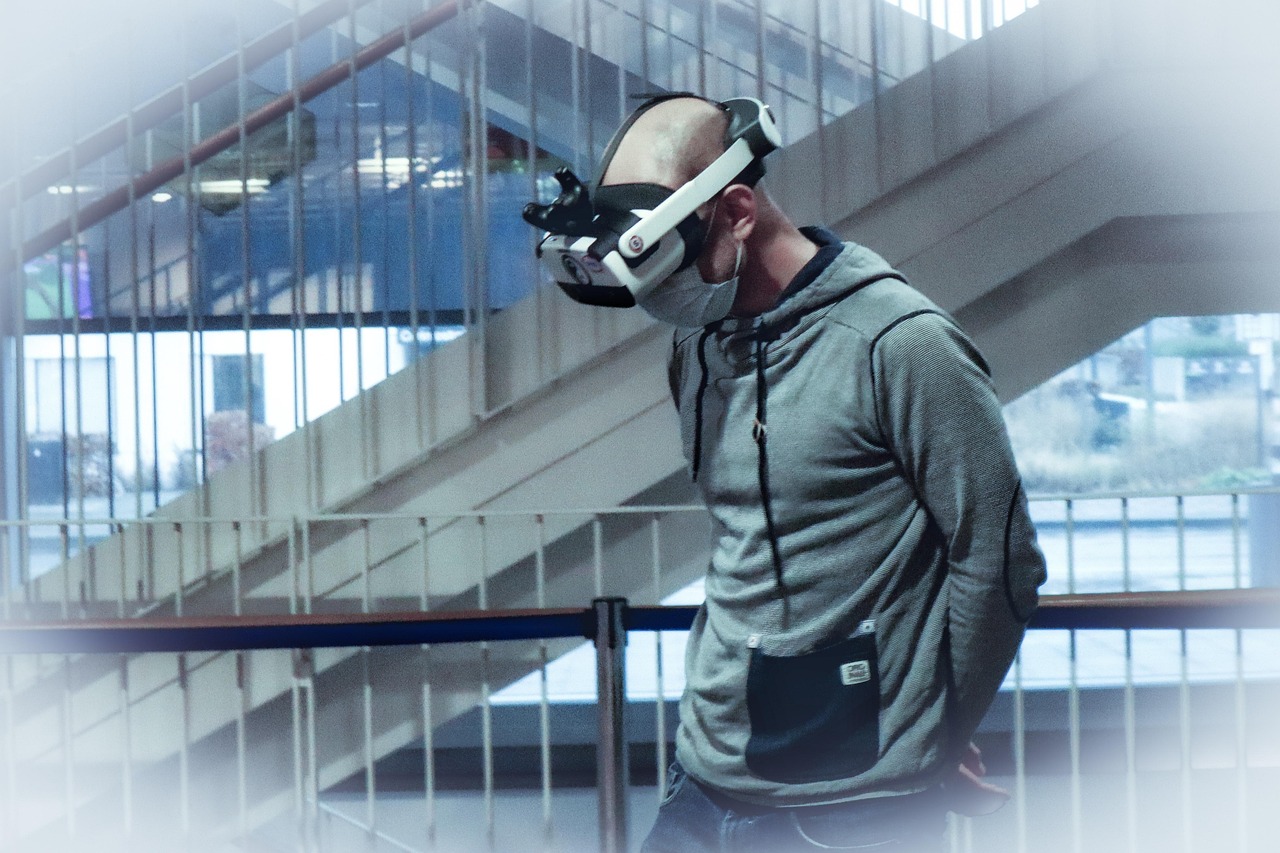The Silent Language of Emojis: Decoding the Power of Digital Expressions
In the evolving world of digital communication, one phenomenon stands out, silently yet vividly expressing our emotions, thoughts, and ideas: the emoji. From the archaic typewriter symbol combinations to the vibrant array of digital images we see today, emojis have emerged as a unique form of expression, shaping the way we communicate and interact in the digital realm.

The Origin and Evolution
The birth of emojis can be traced back to the 1980s when a professor in Japan, Shigetaka Kurita, sought a way to convey emotions in a compact and easy-to-understand format. He created the first set of 176 emojis, which were simple pixelated images reflecting diverse emotions and objects. Today, the emoji lexicon has expanded exponentially, boasting more than 3,000 symbols and being used by millions worldwide.
Emojis and Societal Trends
The meteoric rise of emojis perfectly mirrors the rapid digitization of our lives. As we increasingly turn to digital platforms for communication, emojis have become an integral part of our online vocabulary. They are not just cute images; they are a new form of language, a silent yet powerful means of expressing emotions, ideas, and even cultural nuances that words often fail to capture.
The Sociological Impact
Research indicates that the use of emojis has a profound sociological impact. Emojis are challenging traditional linguistic norms and shaping a new form of digital etiquette. They are enhancing our ability to communicate across language barriers and cultural divides, allowing us to express complex emotions and ideas with a simple click. They are even influencing our personal identities, as we increasingly use emojis to represent ourselves and our emotional states in the digital space.
Future Implications
As emojis continue to evolve and diversify, they hold exciting possibilities for the future. We could see the emergence of an entirely new form of digital language, one that transcends traditional linguistic barriers and offers a more inclusive and expressive means of communication. Emojis, in their silent language, invite us to explore the uncharted territories of digital expression, promising a future where our digital and emotional worlds are seamlessly interconnected.
In conclusion, emojis are much more than just digital symbols. They are a powerful form of expression, a new language, and a reflection of our evolving digital culture. As we delve deeper into the digital age, emojis will continue to shape our communication, our identities, and our society, silently yet profoundly.




